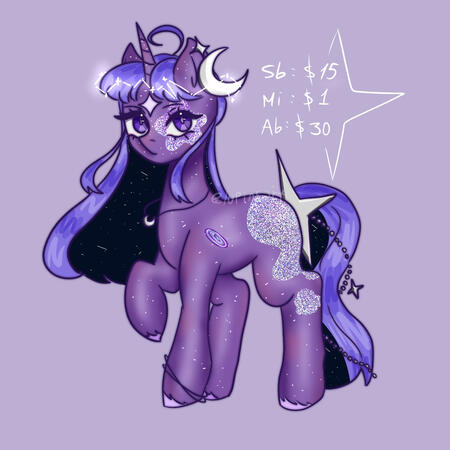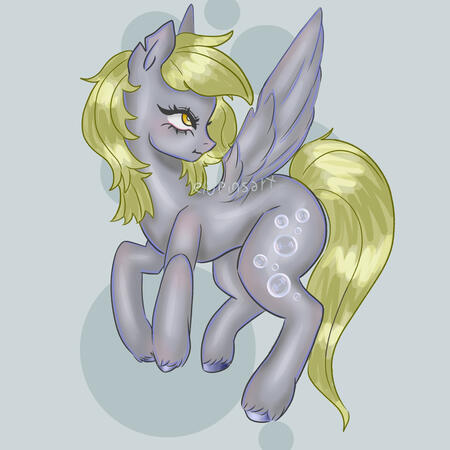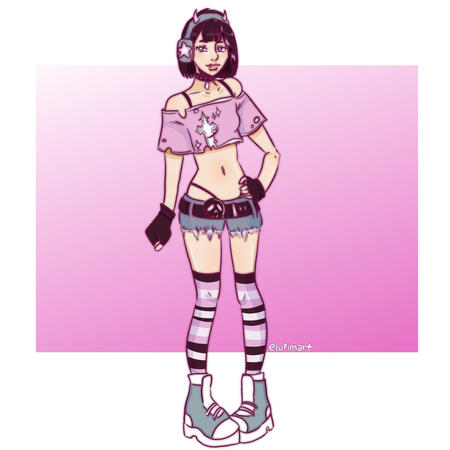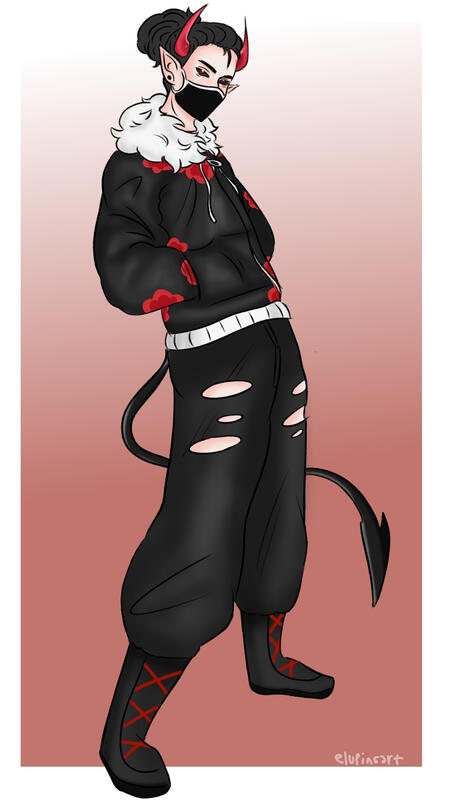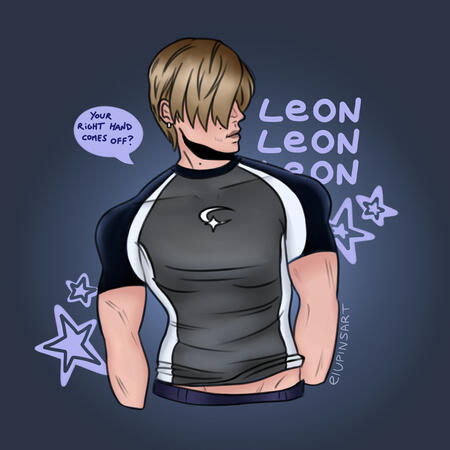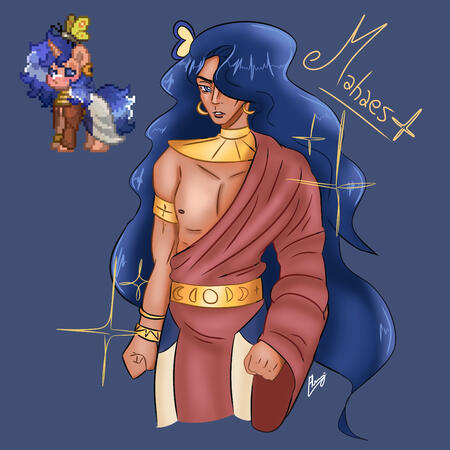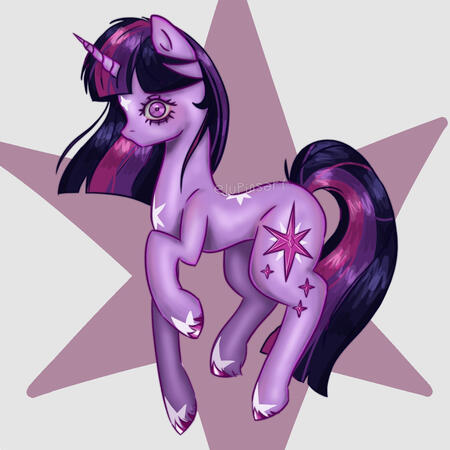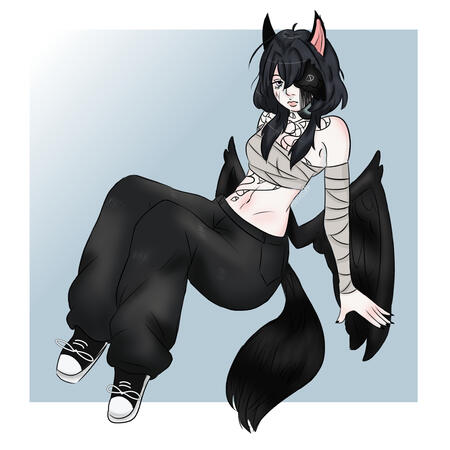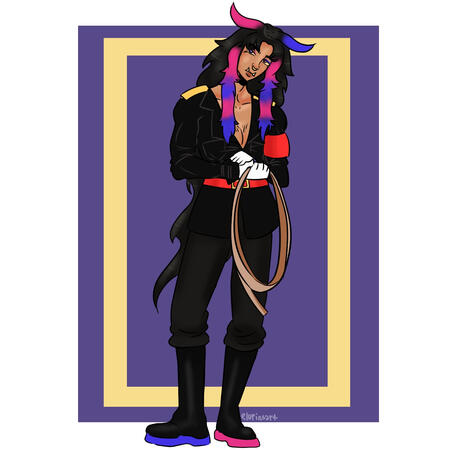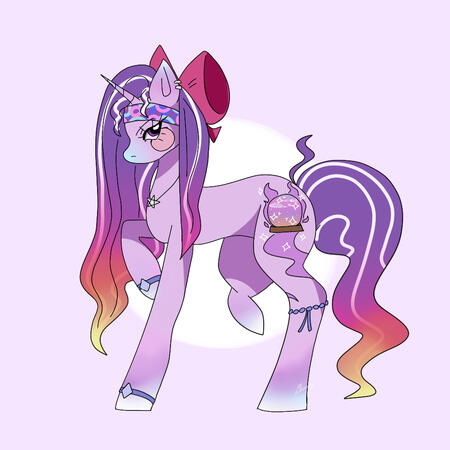

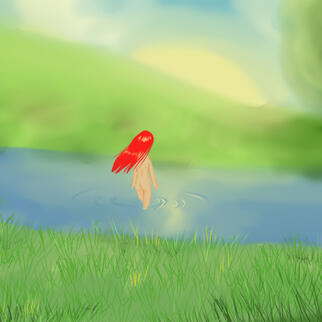
By commissioning me, you agree to the following terms:1. GENERAL
- I reserve the right to decline any commission request
- Refunds allowed only before or during the sketching phase
- I do NOT draw hateful content and/or NSFW
- I reserve the right to post the commissioned artwork in my portfolio2. PAYMENT
- Currency accepted is USD, ONLY via PayPal
- Commissions will be paid 50/50, 50% AFTER sketch approval and 50% UPON delivery
- Don't send me any payment before I have agreed to give you a slot and requested you to send me the payment3. ADOPTABLES
- You can change the design as long its still recognizable
- Credit me for the design
- NO refunds
- When received via TH you must not delete the adopt's profile from the web
- Payment 100% upfront
- You must re-sell the adopt at a higher price ONLY when more art is added to the adopt's profile
Will Draw
1- Humans/Humanoids
2- Fantasy Characters
3- Couples/Ships of any gender
4- Fanarts
5- Soft Revealing Clothes
6- Ponies
7- Ocs
8- Soft Gore
Won't Draw
1- Elders
2- Mecha
3- NSFW or Gore
4- Fetishes
5- Complex Backgrounds
6- Perspective
7- Vehicles
8- Furries
